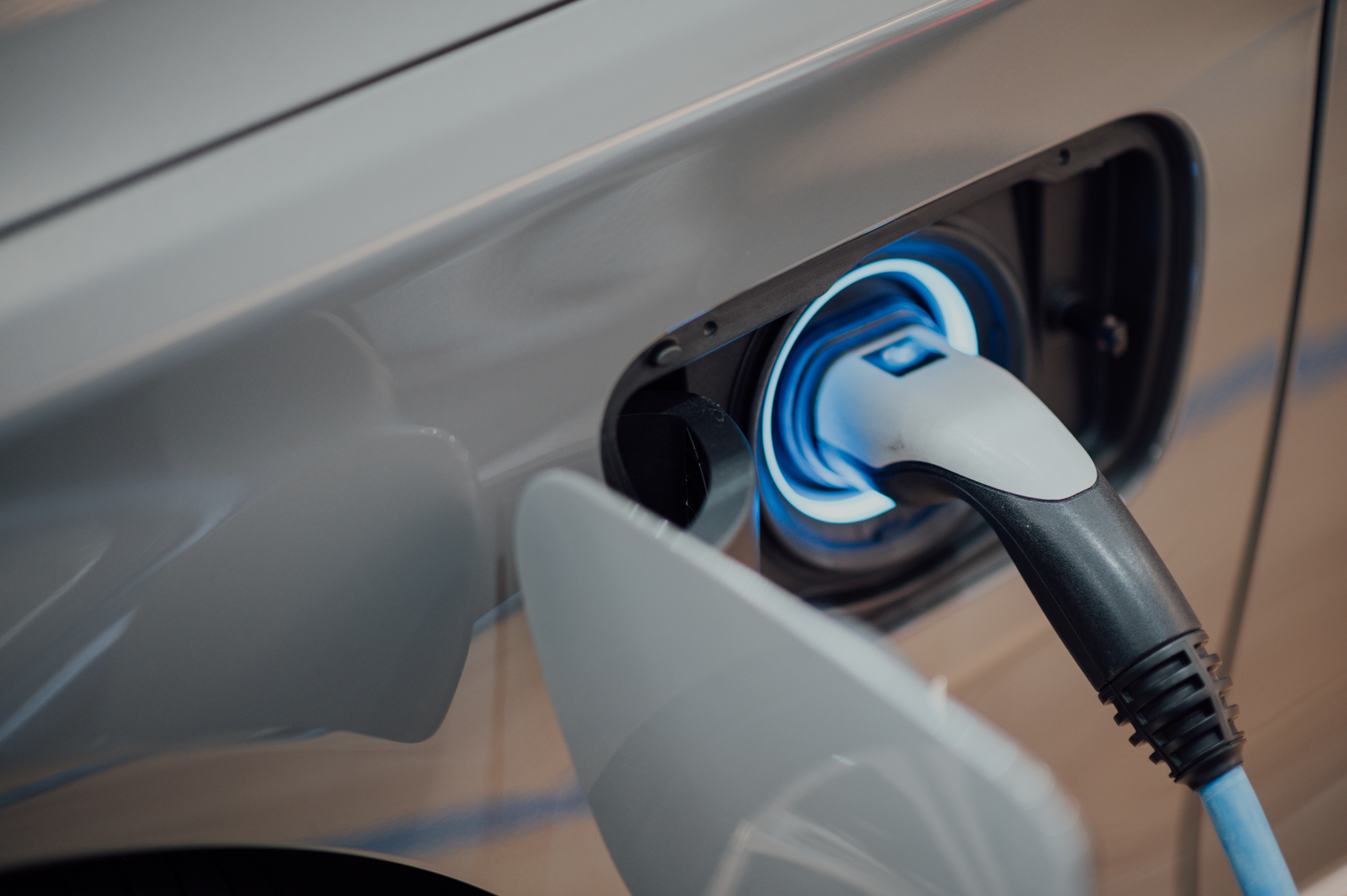Life Cycle Assessment of Light Duty Passenger Vehicles
Researchers:
 Transportation's transition to electrification has attracted growing interest in recent years due to the zero tailpipe emissions during the operation of electric vehicles. Correspondingly, electric vehicle sales are growing exponentially; 10 million cars were sold in 2022, accounting for 14% of total vehicles, and this share is expected to reach 35% by 2030, according to the International Energy Agency's, Global EV Outlook 2023. Along with this trend, it is imperative to analyze the benefits of electric vehicles from a life cycle perspective, considering raw materials extraction, processing, manufacturing, operation, maintenance, and end-of-life.
Transportation's transition to electrification has attracted growing interest in recent years due to the zero tailpipe emissions during the operation of electric vehicles. Correspondingly, electric vehicle sales are growing exponentially; 10 million cars were sold in 2022, accounting for 14% of total vehicles, and this share is expected to reach 35% by 2030, according to the International Energy Agency's, Global EV Outlook 2023. Along with this trend, it is imperative to analyze the benefits of electric vehicles from a life cycle perspective, considering raw materials extraction, processing, manufacturing, operation, maintenance, and end-of-life.
Several studies focus solely on greenhouse gas emissions, deeming them the most significant impact category. However, considering other factors, such as respiratory effects, eutrophication, and acidification, and drawing holistic conclusions can help prevent unconscious bias toward favoring any particular category.
This study aims to explore the various environmental impacts throughout the life cycles of internal combustion engine vehicles (ICEVs), hybrid electric vehicles (HEVs), plug-in hybrid electric vehicles (PHEVs), and battery electric vehicles (BEVs). We take into account the mix of electricity sources across different regions, the grades of gasoline used, and local vehicle emission standards. The goal is to provide insights and recommendations that enable individuals to select the most environmentally friendly vehicle that aligns with their usage behaviors, supporting the transition toward transportation electrification.
Photo by CHUTTERSNAP on Unsplash
Previous work
This work began as a class project by Cole Van Emburg, Miles Jones, Taylor Bogucki, and Nicholas Bonilla. You can find details in the Story Map below.